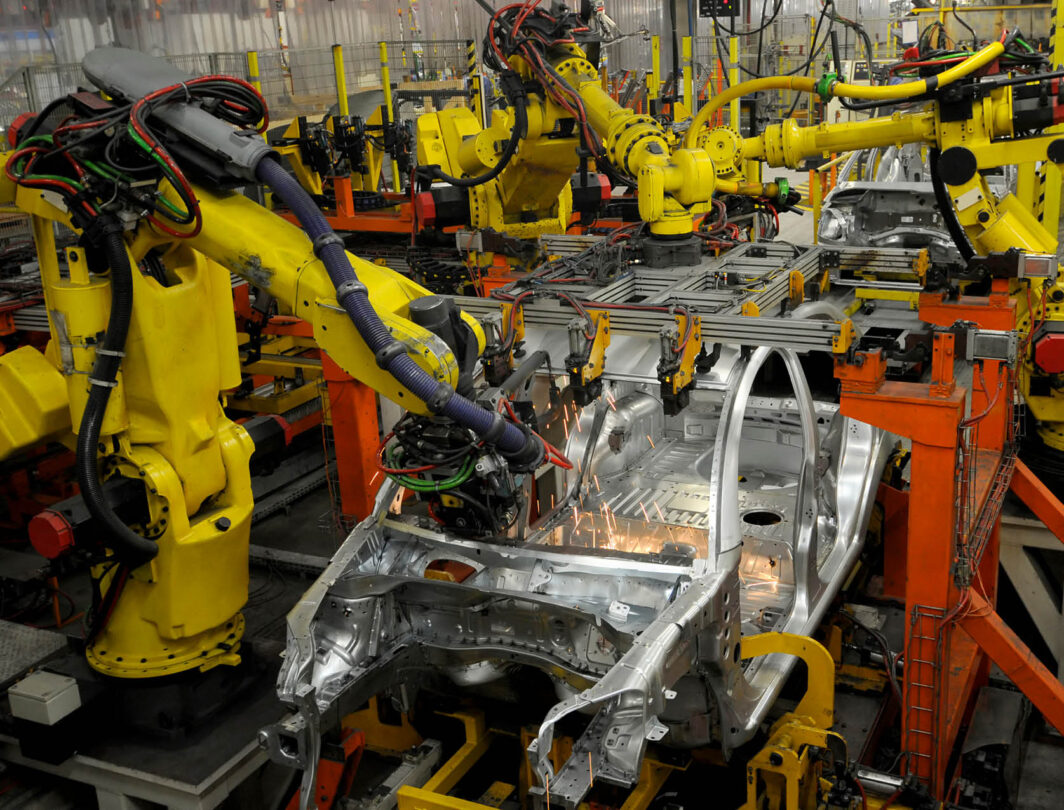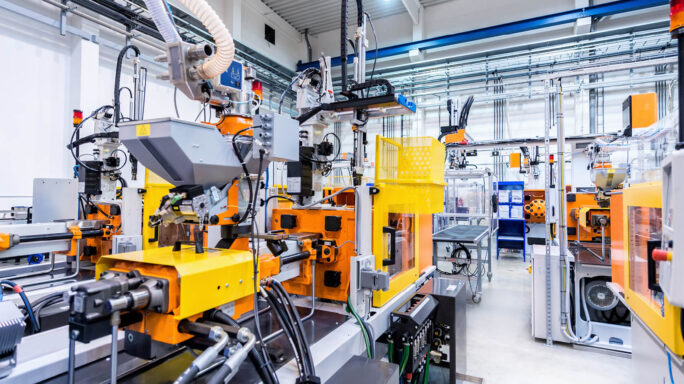Are you outgrowing your MRP system? How ERP is changing the game

The evolution of business management solutions for manufacturing companies has spawned a massive number of product offerings in the market. As solutions become more technologically advanced and robust, it can be difficult to sift through features that are required to support growth and those that are cosmetic.
To get the most out of any solution, it’s important to understand the types of systems that are available and how they differ.
What is an MRP system?
Manufacturing resource planning (MRP), as we know it today, is a derivative of material requirements planning developed in the 1970s as a mechanism for manufacturing companies to calculate which materials they required, at what time, and at what quantity, with precision.
Material requirements planning then evolved into manufacturing resource planning—or MRP II—because manufacturers needed a system that could support other business areas, like managing supplier payments, payroll, and human resources. MRP systems are often standalone applications that operate in a modular organisational structure. Each module keeps track of and regulates specific characteristics and functions for the company, like product design, quality control, shop floor control, and general accounting. MRP II introduced the closed-loop model, which uses a centrally held data file to record, monitor, and report on various company activities.
Free ebook: Streamline your business operational process
Discover how 3 technology trends can help you overcome today’s top 4 industry challenges.

What is an ERP system?
Enterprise resource planning (ERP) solutions combine the modules monitored in an MRP system and integrates them to support all business functions, not just those relative to manufacturing. As manufacturing businesses grow to a certain size, globalization becomes a factor. Interacting with the world offers lucrative opportunities and creates a higher demand for products and sources of cheaper raw materials that often impact the entire supply chain.
But globalization also means complex challenges. A crowded global market means more competition and a rapidly accelerating rate of change. Challenges could include:
- Pressure to innovate, where keeping costs to a minimum and reducing the time to market is a competitive necessity.
- Sudden changes to trade agreements due to macro-economic or geopolitical change; for example, tariff changes, commodity availability or currency valuations.
- Environmental regulations which are necessary to address serious problems such as pollution and climate change.
- International standards controlling quality and traceability, which impacts the sourcing of raw materials.
Additionally, manufacturers often need to build highly engineered and complex products, which means:
- They are often created in collaboration with customers, therefore it’s important to communicate both internally and externally.
- It’s important to maintain tight control over how products are produced.
- There is increased pressure to produce quality products at lower cost.
Manufacturing businesses look at ERP systems to support quality product delivery at low cost, addressing many of the issues we’ve talked about. For example, it should support internal collaboration, so product requirements are clearly defined and communicated, with production coordinated with the delivery and product teams. Without communication, it’s impossible to make sure products are delivered to specification, on time, and without excessive costs. Externally, communication is essential for working with suppliers to secure favorable prices, and communicating with regulatory bodies and customers.
Common drivers for choosing an ERP system
On top of the globalization challenges mentioned earlier, manufacturers need products built quickly, cheaply, and efficiently, or they won’t make profit. Research by Aberdeen Group shows profitability/margin growth is (and always has been) the top business priority for 79% of US manufacturers. There’s now a new push to modernize business systems (29%), increase customer service (28%) and introduce new products and services (25%) that has business leaders turning to the technological advancements within modern ERP systems.
ERP is also built to support new strategies many manufacturers share as shown by Aberdeen Group’s research, like streamlining and accelerating processes to improve efficiency and productivity (44%), optimizing the supply chain (31%), and improving interoperability and collaboration (31%).
Because manufacturing companies are rich with data, ERP has become the platform for change and a catalyst for the possibilities of the future. Business leaders are better-positioned to get the most out of their data, like analyzing the effectiveness of processes, determining profit trends, or monitoring customer data—all by integrating business analytics with their ERP. Although integration of ERP with internet of things (IoT) capabilities is still in the early stages, 38% of manufacturers plan to implement IoT in the next year, and 72% plan to within the next 3 years. Eighty-three percent of the respondents have some form of an ERP solution in place already.
Benefits of ERP over an MRP system (or older)
ERP adopters are 44% more likely to have visibility into the status of all processes, and 75% more likely to have automated notifications for business events. With enhanced visibility, agility, and efficiency, manufacturers that have implemented an ERP system see a 333% increase in productivity, an 800% increase in profitability, a 6% increase in on-time delivery, and a 4% increase in accuracy on average than those using legacy systems.
Even further, manufacturers using a cloud-connected ERP system are better positioned to quickly adopt new IoT technologies as they become available. IoT has the capability to drastically change the manufacturing landscape by extending control of equipment and machinery. MRP systems present a primary obstacle to IoT development, which is its inability to integrate the various systems, devices, and components that span an enterprise.
A good foundation is the best preparation
The state of manufacturing is increasingly moving towards business models that leverage new processes to increase visibility, agility, collaboration, and efficiency. The steady march of IoT and Industry 4.0 makes it imperative for companies to position themselves for a faster-paced environment with greater competition. By working closely with a given ERP vendor, manufacturers can identify key opportunities for their enterprise, and adopt a solution with this narrow scope in mind that can (and, most importantly) be easily scaled as needed.
There’s an immense price pressure on manufacturers to make processes faster, while creating products which are cheaper and better. Brand loyalty has changed alongside customer satisfaction and product saturation. If a customer has a bad experience, they’re more likely to move to a competitor, especially if the price is cheaper.
There are risks involved in not addressing these challenges with the right technology backing. Slow adopters won’t necessarily stop growing or perform worse, but they may become so marginalized that they won’t be able to survive in the future economy.





